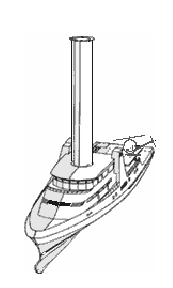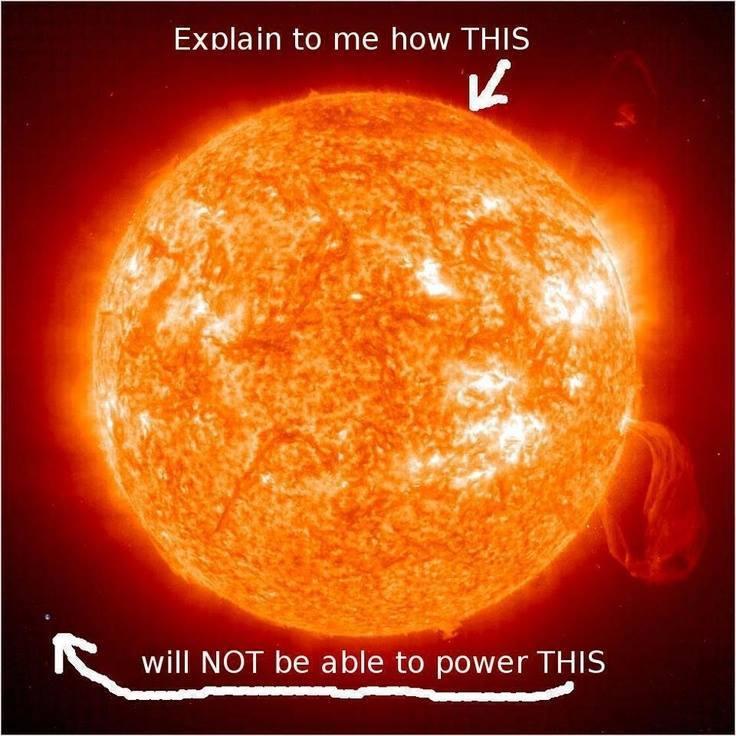- Joined
- 27 Jan 2008
- Messages
- 27,729
- Reaction score
- 3,364
- Location
- Llanfair Caereinion, Nr Welshpool
- Country

This statement "A turbine this size should produce around 9,000 kWh per year which is a significant amount of power." seems to me a little odd. Is it kW per year or kW per hour?
"33 kWh per month" = "26% of its capacity" so 127 kWh must be full capacity. A month as unit of time = 28 days (does not refer to calendar month) which means 1655 kWh per year.
I think using kWh is rather confusing 1 watt = I Joule per second so 1 kW = 3600 kilojoules per hour so 1655 kWh = 5956 MJ so why use kWh rather than Joules?
"A turbine this size should produce around 422357 MJ per year which is a significant amount of power." make sense but how can you have per hour per year?
Also how can 1655 kWh = 9000 kWh? Is my maths really that bad?
"33 kWh per month" = "26% of its capacity" so 127 kWh must be full capacity. A month as unit of time = 28 days (does not refer to calendar month) which means 1655 kWh per year.
I think using kWh is rather confusing 1 watt = I Joule per second so 1 kW = 3600 kilojoules per hour so 1655 kWh = 5956 MJ so why use kWh rather than Joules?
"A turbine this size should produce around 422357 MJ per year which is a significant amount of power." make sense but how can you have per hour per year?
Also how can 1655 kWh = 9000 kWh? Is my maths really that bad?


